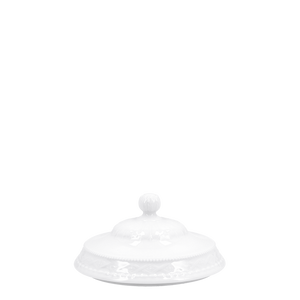At the beginning of the new year, we conduct our annual inventory, during which we count, organize, and sort our porcelain items so that we can continue to fulfill all your porcelain wishes in 2026. As a result, delivery times for your orders may be longer until January 12.
From January 13, you will receive your porcelain within the usual delivery time.



